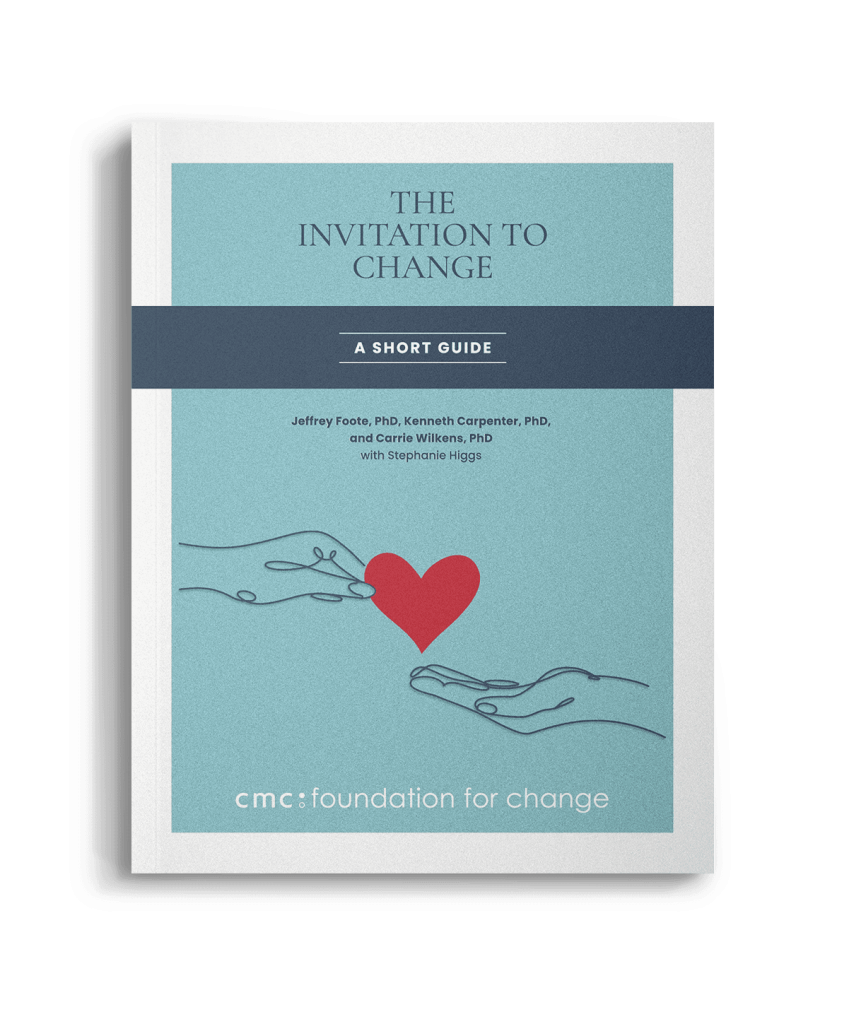The last two letters of LOVE have less to do with specific strategies and more with the background music of communication: understanding where your partner is coming from, or what it’s like to walk the world in her shoes (empathy); and acknowledging her experience—her thoughts, feelings, motivations, and perspective—as valid (validation). As we discussed with the use of reflections, you can validate and empathize without endorsing your partner’s behavior.
VALIDATING
Validating is the simple act of acknowledging another person’s experience without needing to qualify it in any way. People who are struggling with substance use often assume that others judge and will critique their behaviors without understanding what might motivate those behaviors. They can end up with a pervasive sense of feeling invalidated by everyone around them, which understandably decreases self-esteem and increases defensiveness. Assuring your partner that you do not view her as stupid or crazy takes a major tinderbox out of the conversation.
EMPATHIZING
Also not a strategy, but a powerful function of communication, empathy is truly feeling “where the other person is coming from”—how she understands her situation, her point of view—and conveying this in some way to your partner, often in only a few words (“wow, that seems really nerve-wracking”; “that would have upset me too”). It is a powerful tool in reducing shame and helping your partner open up to different ways of thinking about things.
Both empathizing and validating are conveyed through your attitude and approach (respectful, kind, open, and so on) as much as with specific words.
Together, these four aspects of communicating with L-O-V-E will facilitate hearing, being heard, and communicating in a more caring, respectful way with your partner as well as in your life. We again suggest practicing as the key to getting better at these skills, and in particular practicing in “easier,” less stressful situations, rather than starting with the most important and tension-filled topic you need to discuss with your partner.
Next Page: The 7 Elements of Positive Communication


